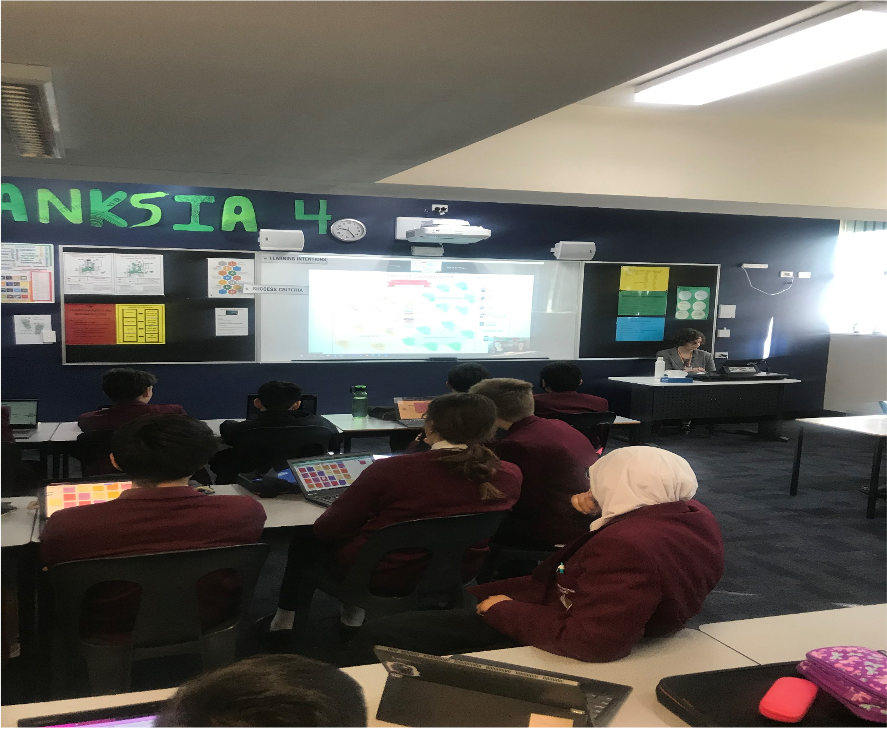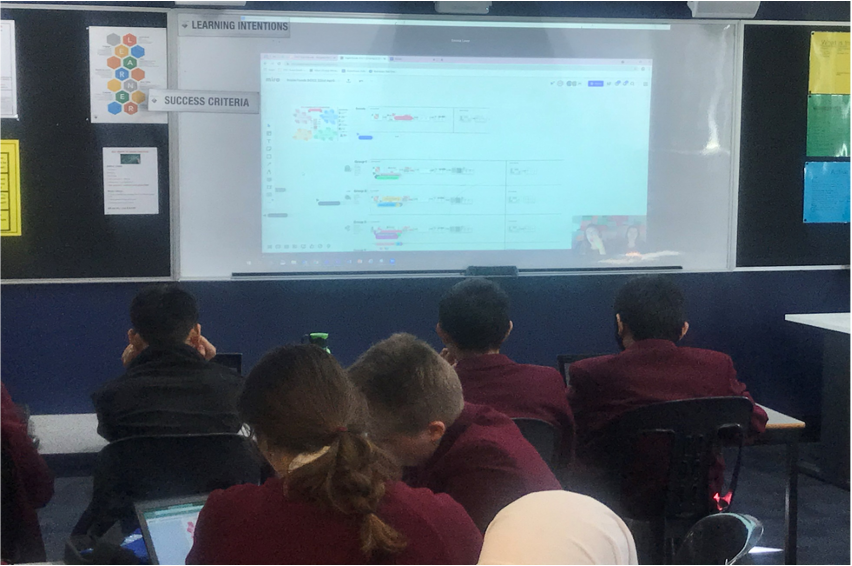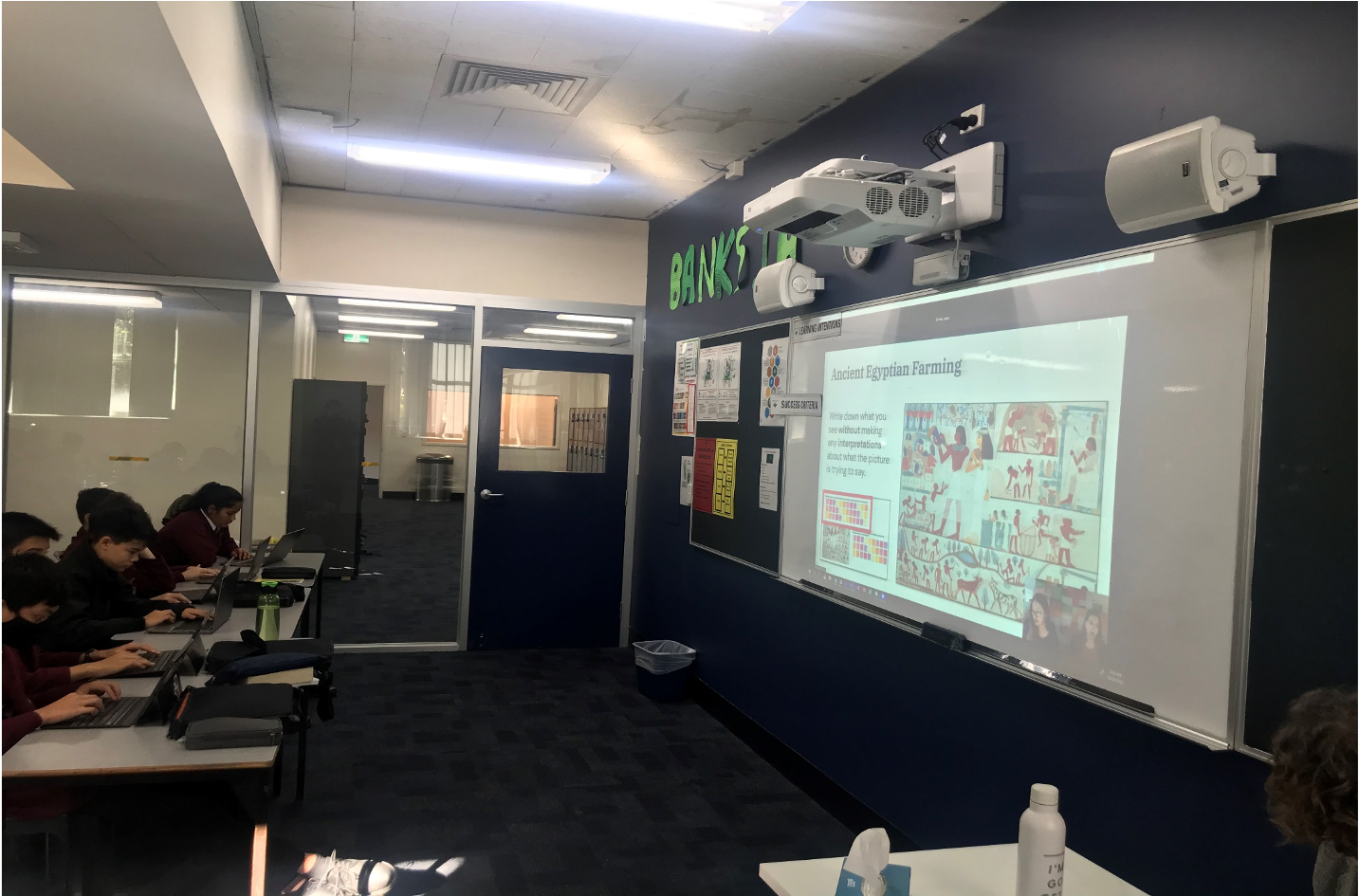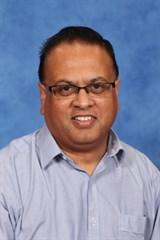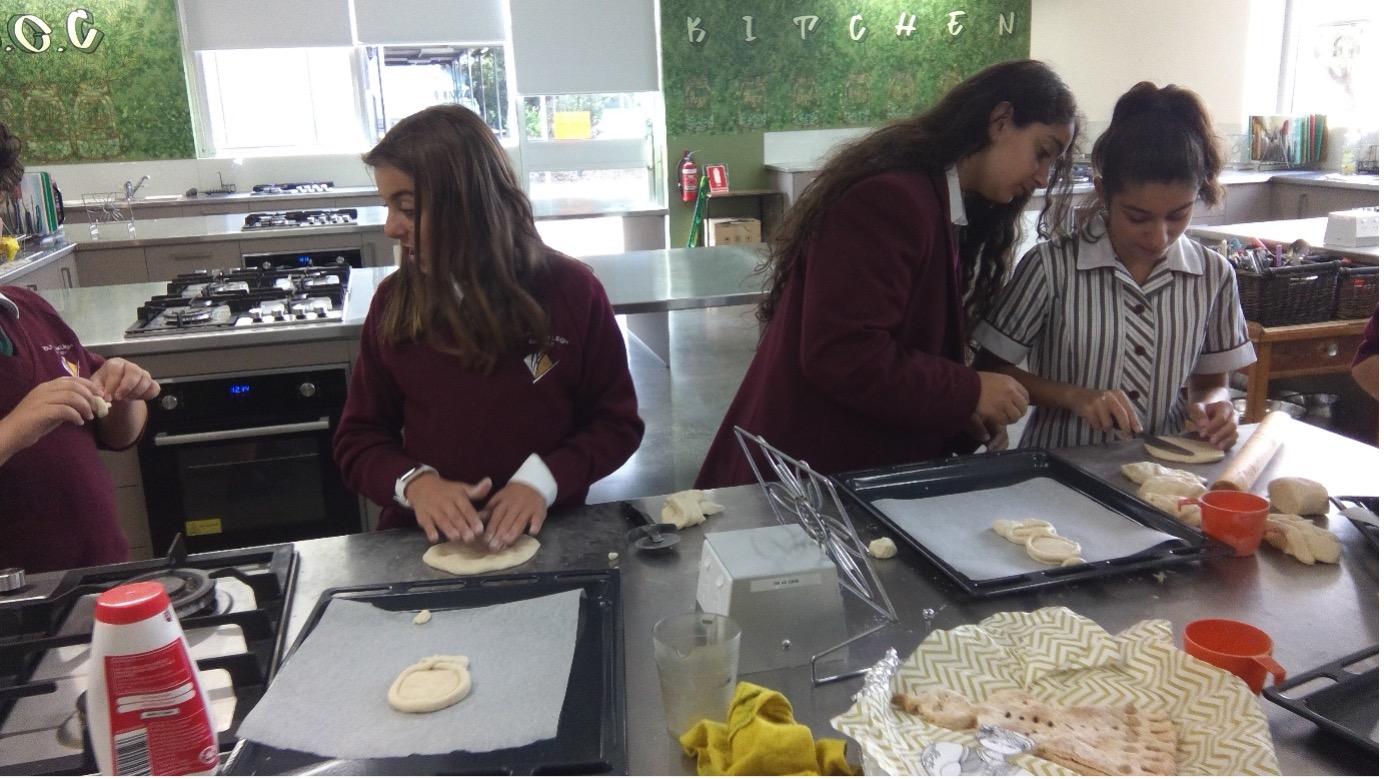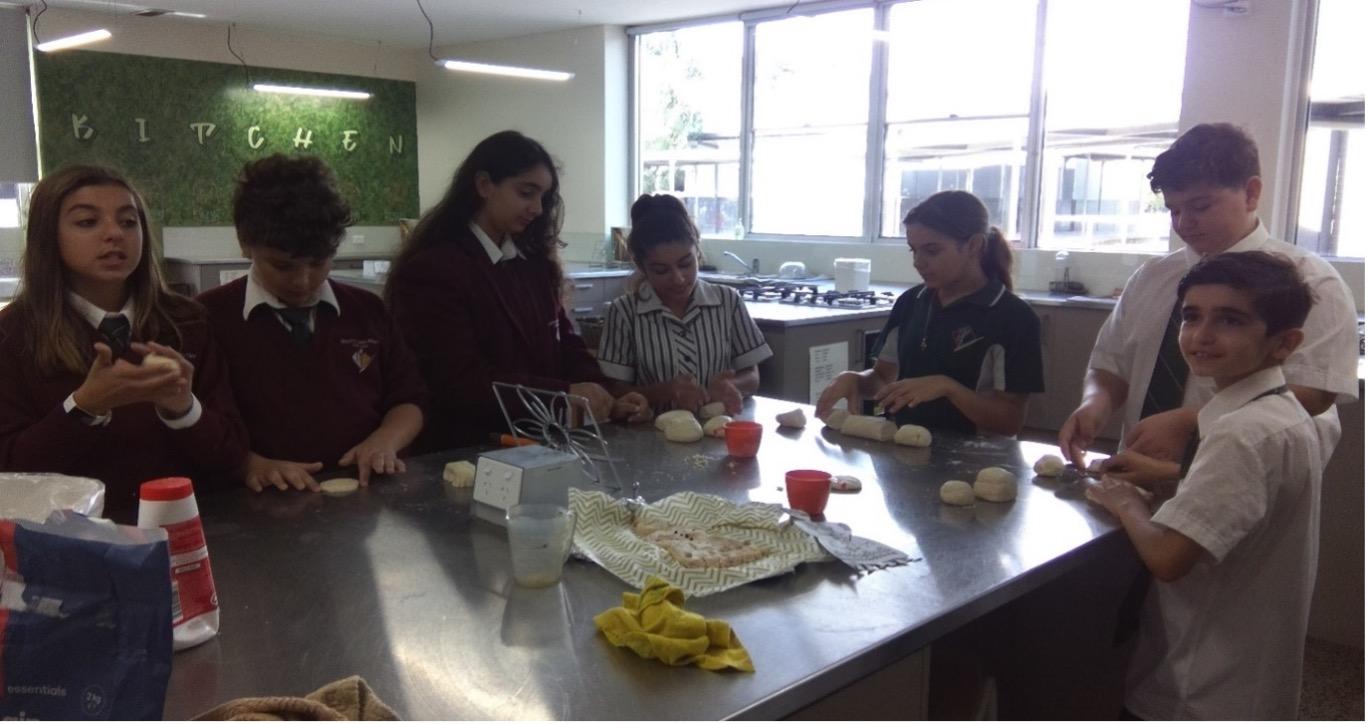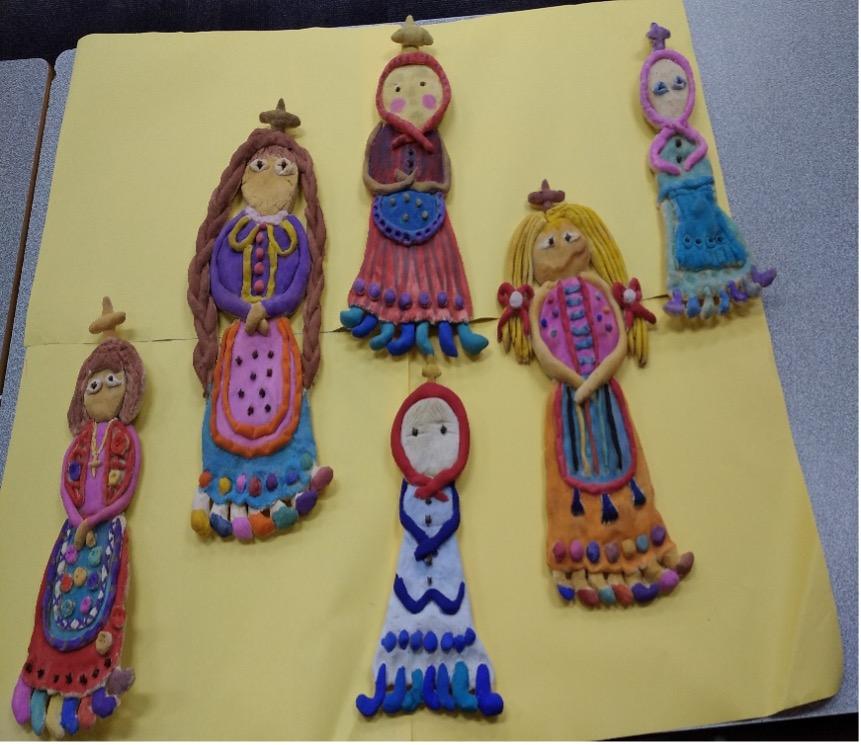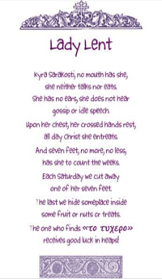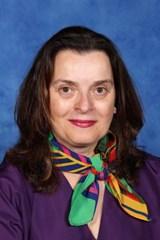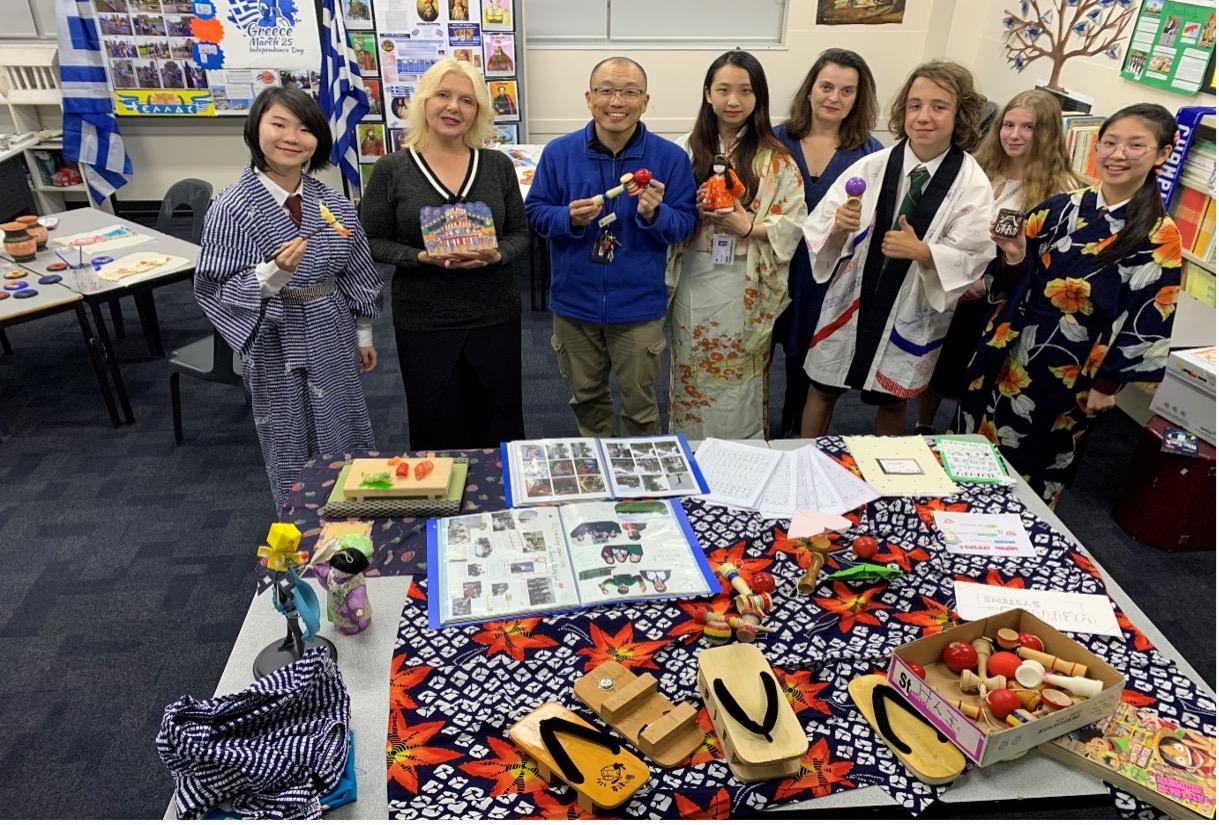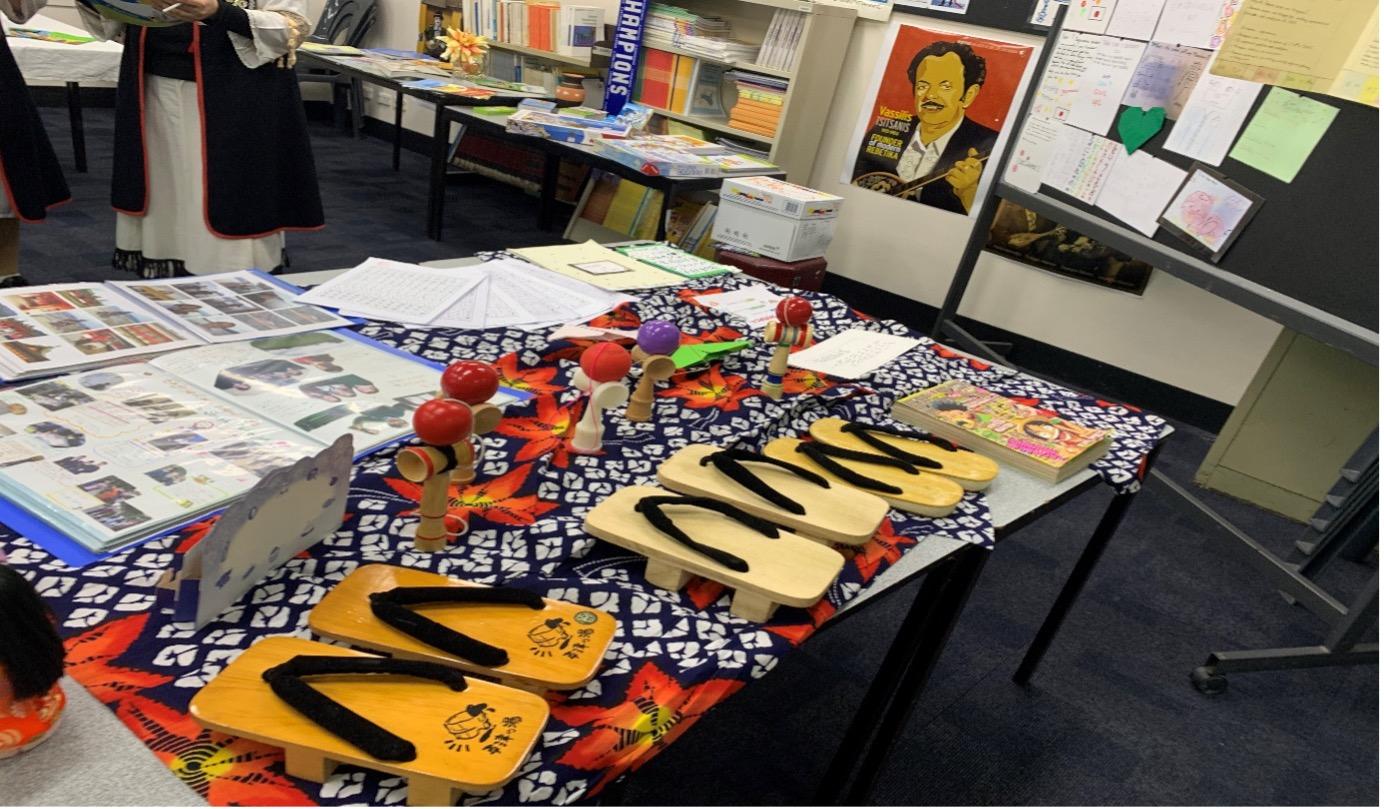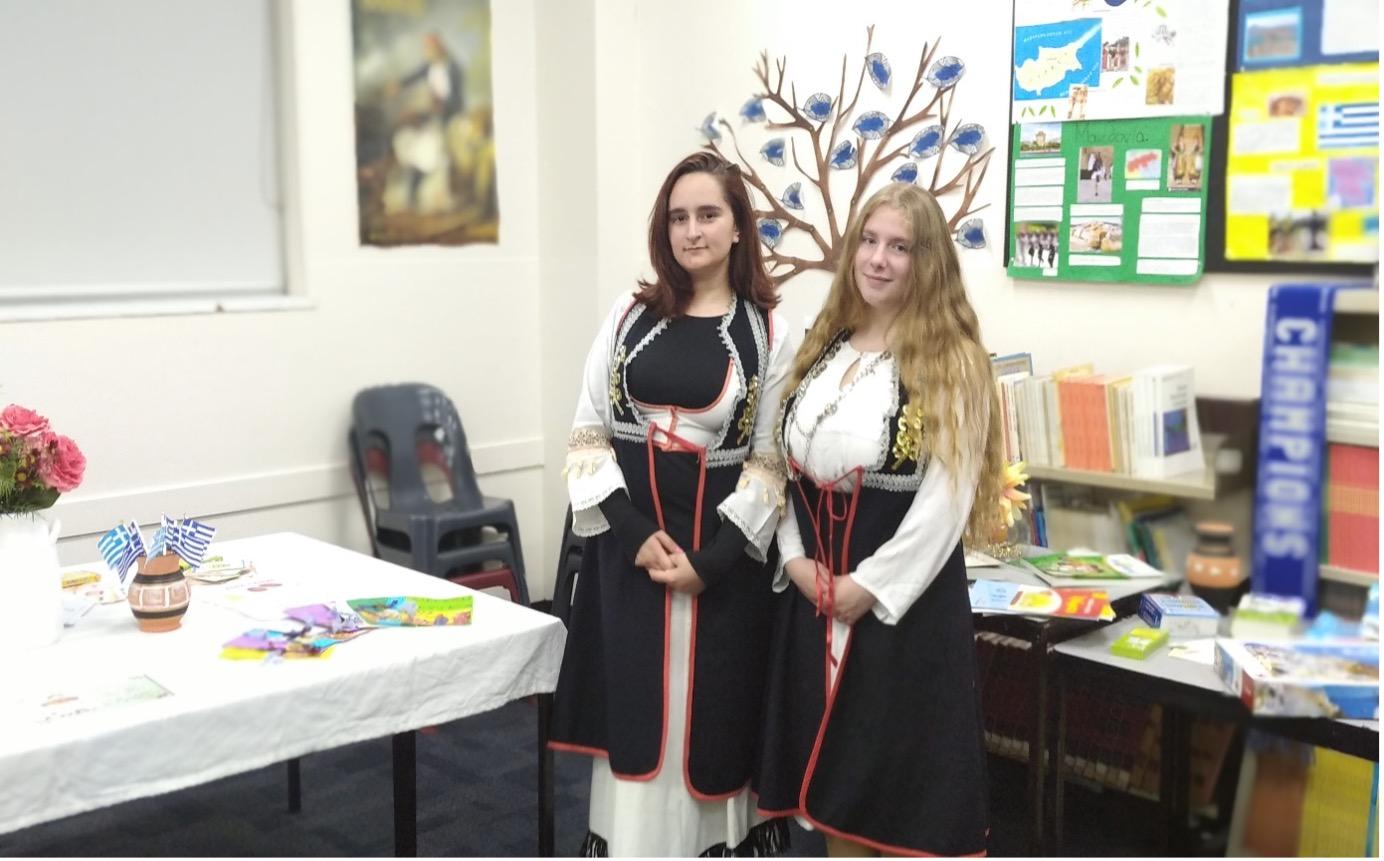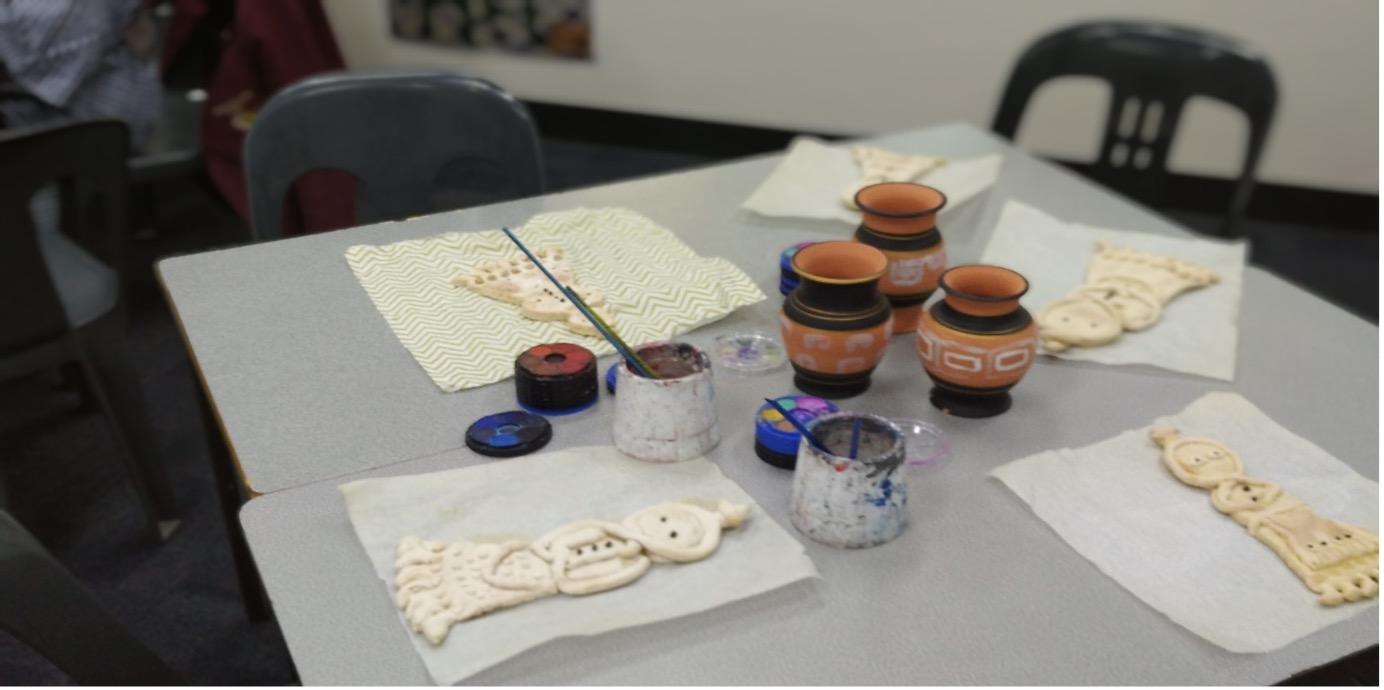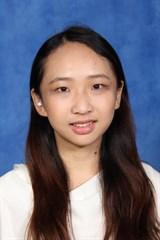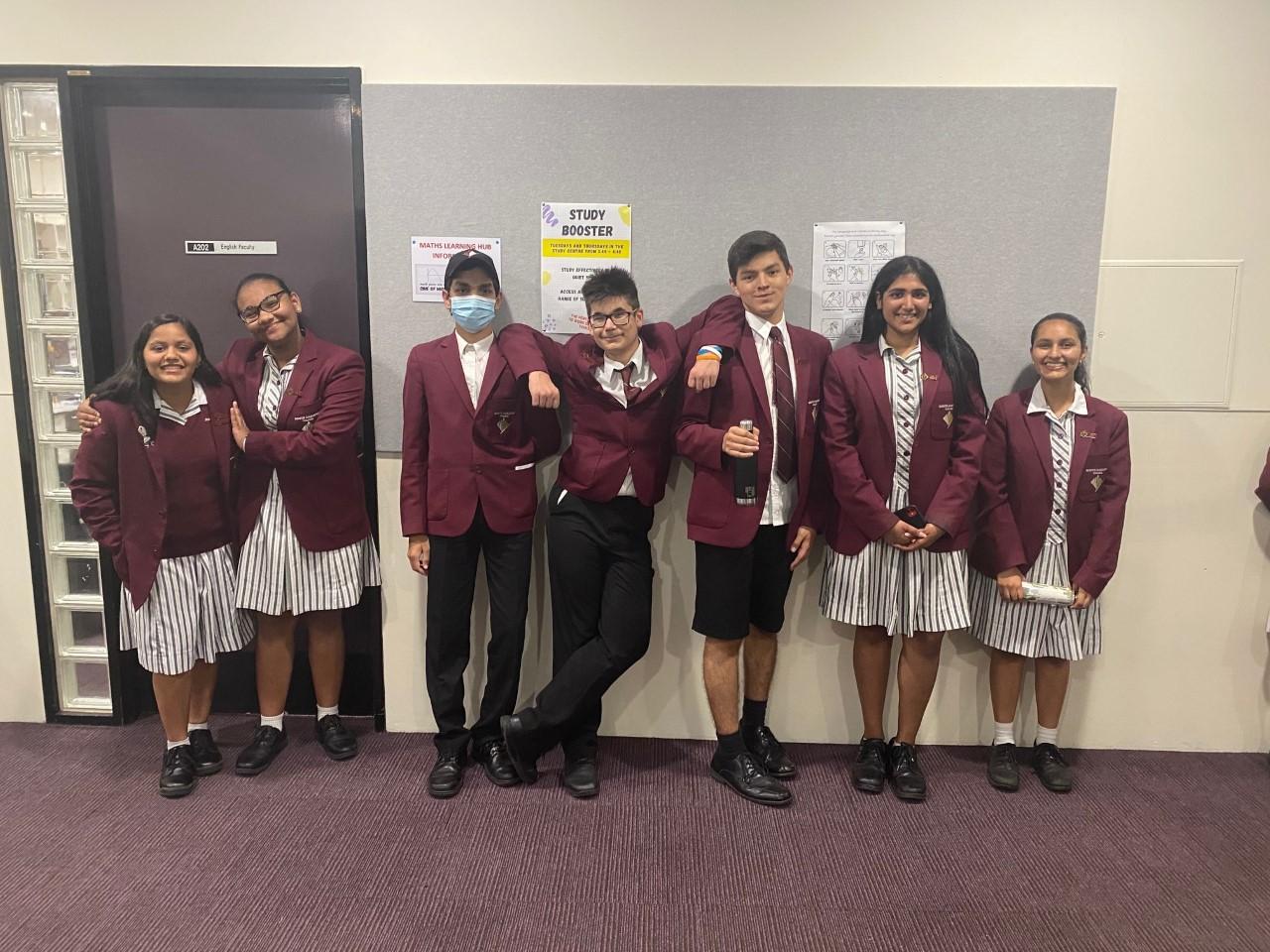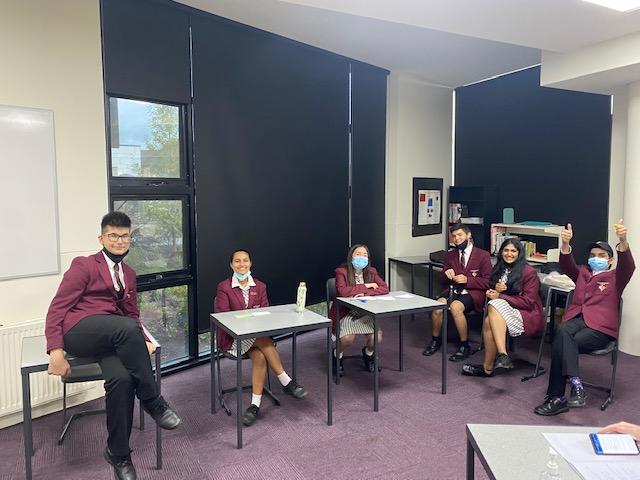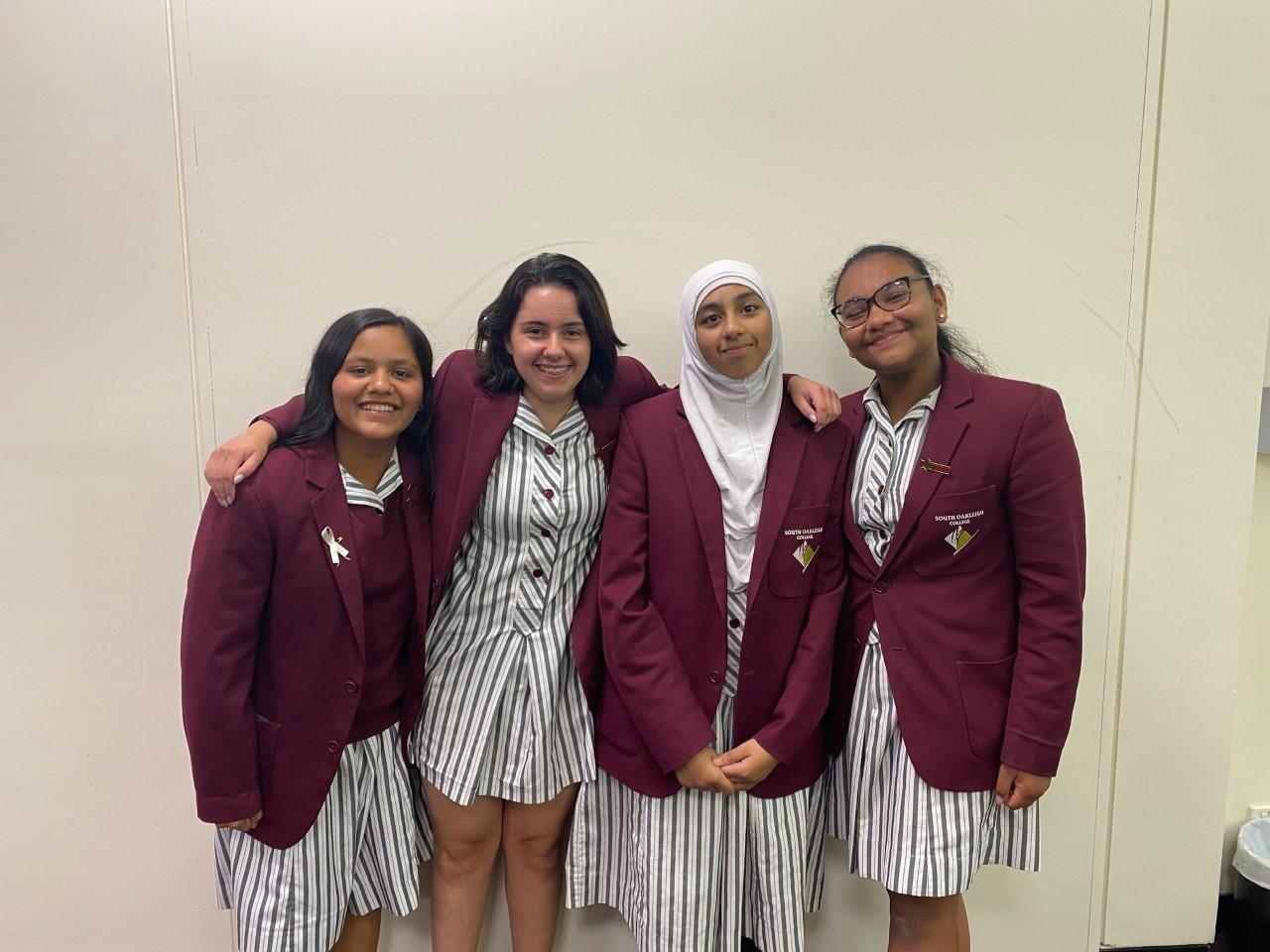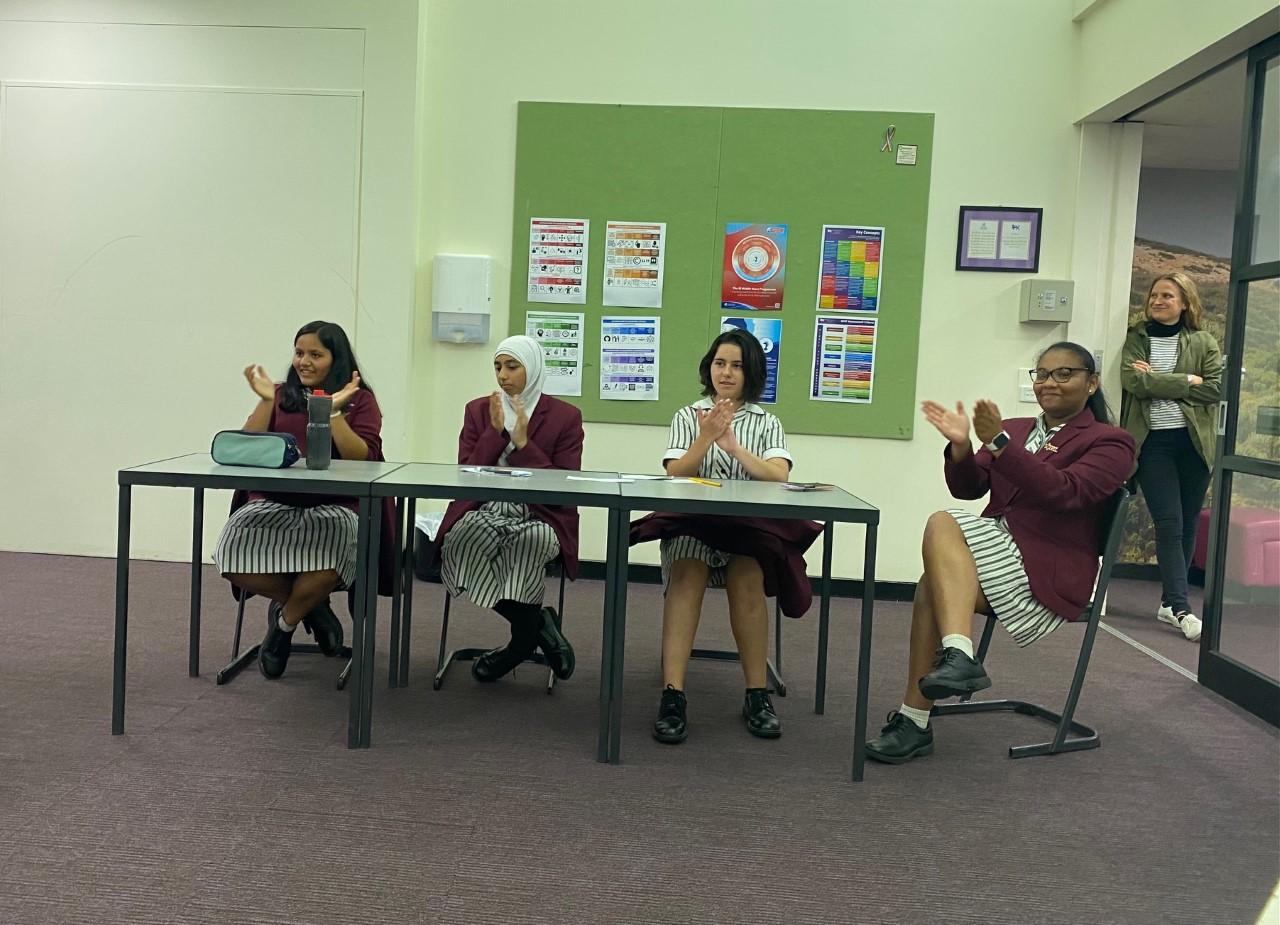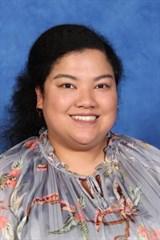Teaching & Learning
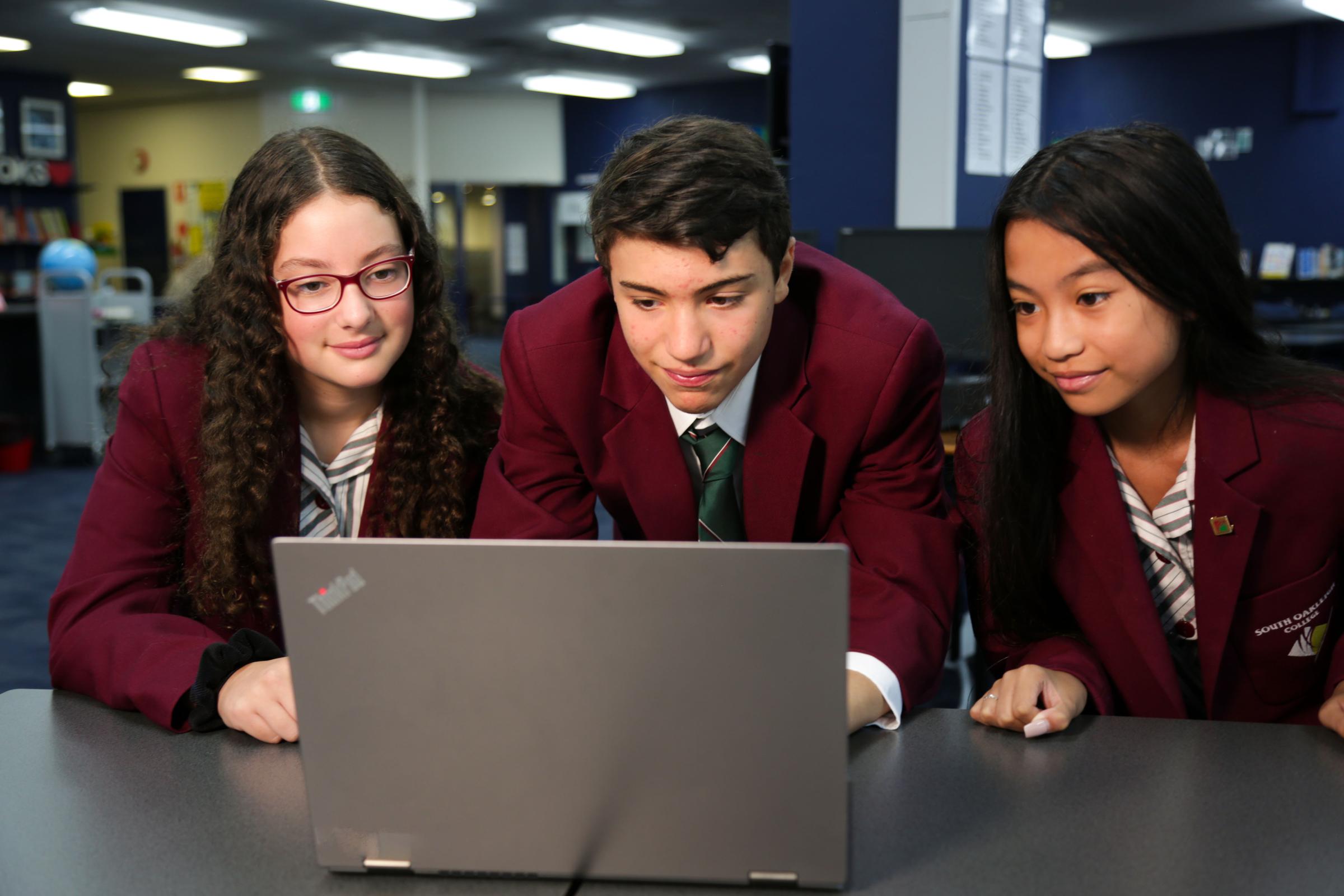
Year 11 Drama: Whose Morality
The year 11 Drama class have been workshopping their devised ensemble performances. This year, the performances are based around the philosophy of ethics and around the idea of good versus evil. The group have researched super-heroes, villains and other characters from their childhood which represent different ideas of morality.
‘Our group is developing a piece around the idea of heroes and villains attending group therapy together. What will they learn?’ Nicole
‘This unit has been interesting because we are exploring how philosophy and drama overlap. Many theatre styles have come out of playwrights and theatre makers investigating a particular critical perspective and that is what we are doing in our class.’ Annabelle
‘These productions will be something new for our audience. We are excited to create a truly immersive performance. Our goal is to connect with our audience and hopefully get them to think carefully about their own ideas of morality.’ Alyssa
‘I hope that people seeing the performance will learn that not all bad guys are born evil.’ Angel‘We are hoping to showcase the reality of super heroes and villains. We often see characters’ sense of morality as black or white. But it is much more complex than that.’ Dimitri
‘We hope that people seeing our performance will learn that, despite people being from different friend groups and walks of life, we can inspire people to work together to fight for a united cause and maintain the social contract.’ Thomas
Sara Robertson
Director of Curriculum & Pedagogy
Monash Tech School Visit (28th & 29th April)
Monash Tech School Visit (28 and 29 April)
Program: SuperFoods, Year 9A
Students from Year 9A participated in an incursion/excursion program organised by the Monash Tech School held both at SOC (incursion) and within the Monash University Clayton Campus (excursion) on successive days.
Students and teachers were very enthusiastic participants in one of their new programs called ‘Superfoods’ introduced for the first time this year. The program was a combination of disciplines involving STEM.
The SuperFoods Program included the following:
In a world of potential food shortages, one needs to find new ways of creating food that is nutritious, can be mass-produced, and produces a minimal carbon-footprint when compared with modern-day farming techniques. One potential solution is a blue-green algae known as Spirulina. Spirulina is not only extremely nutritious and compact, it can also be used to absorb carbon dioxide from the environment to produce oxygen. It has a downside: Spirulina is not all that appealing to eat as a meal.
As part of Superfoods, students learned about the properties of Spirulina. Using the design-thinking framework, students worked in teams to design a Spirulina meal that potential restaurant goers might find appetising. Students altered the taste and smell of spirulina to suit people’s personal tastes using synthetic biology techniques. They even designed a meal tailored specifically to one’s medical needs.
Technology used were as follows:
• High Performance Liquid Chromatography
• Bio 3D-Printing
• Synthetic Biology
Adrian Hajra
Learning Specialist STEM
Greek Folklore - Lady Lent/Kira Sarakosti
Greek Folklore - Lady Lent/Kira Sarakosti
Kyra Sarakosti, Mrs. Lent or Lady Lent, is a charming, old Greek custom, connected to Lent, the seven-week, (forty days) period of fasting before Easter, which, in Greek is called Sarakosti.
Kyra Sarakosti is a form of calendar, used to count down the weeks of Lent. She has seven feet which represent the seven weeks of Lent. Each passing week, on each Saturday, children get to break off one foot. This is a great visual way to count down the weeks until Easter. After the last foot is cut off, it is tradition to place this foot in a bowl with fruits and nuts and whoever finds it receives a special blessing.
Lady Lent has no mouth. The missing mouth symbolizes fasting: no consumption of meat, dairy products or eggs.
She has no ears, which means that she refuses to listen to gossip.
Her cross represents the Easter religious services in the church, her hands are folded for prayer.
In some regions of Greece, Lady Lent is made of clay and or fabric filled with feathers.
There are many versions of Lady Lent; in some traditions, she is depicted as a nun, in others, she is a friendly lady in traditional Greek folklore.
Baking a Greek Lady Lent is a fun and easy activity to do with kids.
Year 7 students enjoyed baking Lady Lent and learning all about this rich Greek tradition. Then they went on colouring her and singing her song in Greek at the same time.
Dimitra Maniatis
LOTE Coordinator
Japanese & Greek Open Night
Thanks to our student helpers: Lily Jiao, Jack Wright, Blanche Bernshaw, Alexandra Bampakou and Argyro Pollakis for assisting during open night for our LOTE faculty.
Many visitors demonstrated a strong interest in giving the Japanese traditional activity: Kendama (Held by Watanabe sensei and Jack Wright in the photo) a go. It is worth mentioning that Kendama is a self-improving tool for us to work on our mind and body. It helps us take our mind away from other distractions and allow us to have a brain break from heavy concentration and screens.
Failure to land the ball on 4 different positions is not considered a failure at all in Kendama. The only true failure is not trying. The key is to never give up and be patient in our pursuit of success.
Chloe Fang
Japanese Teacher
Year 9 & 10 Debating
It is Thursday night, 29 April, and our students are standing in a circle outside Wesley College, excitement lingering in the air.
We all walk into the main hall together, joining the seventeen other school-debating teams there, waiting eagerly to hear the secret topic revealed.
The clock ticks to 6PM, and the debating organiser steps up and clearly announces, “Secondary Schools should be academically streamed”. A.J. quickly takes notes on a pad of paper.
The crowd disperses, and we give the year 10s a final wave for luck, as they head off to a private room to prepare their arguments. They are not allowed to talk to us adults until after the debate now, and there is no longer any advice to give them. They have spent countless lunchtimes together; brainstorming, practising, taking on feedback and trying to better themselves.
I trust them to work together. I trust them to consider every angle of an argument. I trust them to argue passionately, and rebut their opponents in the most respectful manner.
Win or lose, they have worked hard, and we are all immensely proud.
Debating aims to improve students’ critical thinking, researching and public-speaking skills. It also exercises their teamwork and communication skills.
Over the past Semester, our Year 9 and 10 Debating Club have been participating in the Debating Association of Victoria’s Schools Competition and have been doing a fantastic job!
Year 10 Round 1-3 Summary
On 25 February, Chaaya Sharma, Jason Pouliezos and Sophia Donnellon represented our Year 10s at Round 1 of the competition. They debated against Mount Waverley Secondary College and won. The topic was “That alcoholic products should be subject to plain packaging laws”, with our students arguing the affirmative.
On 11 March, A.J. Mariona, Jason Pouliezos and Saloni Garg represented our Year 10s at Round 2 of the competition. They debated against Highvale Secondary College and lost by one point. The topic was “That we support mandatory national service”, with our students arguing the negative. Jason stepped in for one of his teammates who was unable to debate at the last minute, and improvised a very decent speech. The adjudicator said that he had never seen any student “wing it” before and was very impressed.
On 29 April, A.J. Mariona, Elsie Shaddick and Sophia Donnellon represented our Year 10s at Round 3 of the competition. They debated against Huntingtower School and won. The topic was “Secondary Schools should be academically streamed”, with our students arguing the affirmative.
Year 9 Round 1-3 Summary
On 11 March, Shyli Barak, Vrunda Mistry and Zaynab Shahul Hameed represented our Year 9s at Round 2 of the competition. They debated against Highvale Secondary College and won. Their topic was “That animal testing should be banned”, with our students arguing the negative.
Our year 9s have only been to one debate so far, however they performed spectacularly. The adjudicator for Round 2 said he had never seen such a close debate in his life, spending more than 20 minutes adding up points.
At the end of every debate, our students shake hands with the opposite team, and there is a chorus of “your team did so well!” and “your argument about _______ was great!”, followed by 15 minutes of easy conversation. Scripted disagreements are forgotten and new friendships formed.
I would like to thank the parents and guardians who have supported us by transporting the students to and from these debates.
We wish the year 9s and 10s luck for the rest of the competition!
Meanwhile, Year 7 and 8 Debating Team has now started up at school, students can talk to Miss Crespo if interested or come to our meetings on Fridays at lunchtime. Year 7-8 competitions start next Term; no prior debating experience required. Training is provided by the Debating Association of Victoria.
Sarah Crespo-Liu
Humanities Teacher



